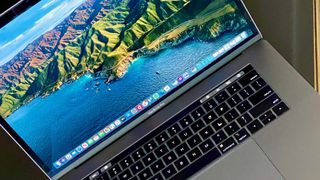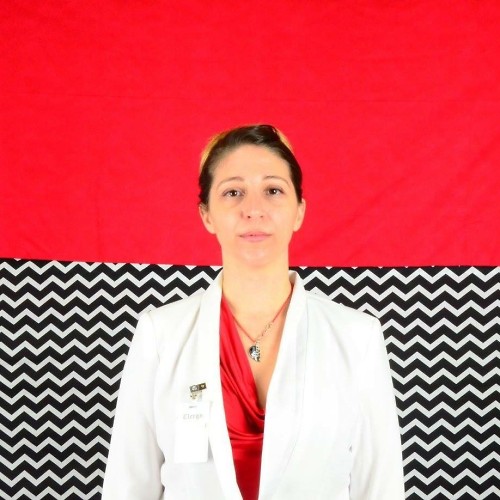macOS Big Sur: How to troubleshoot common problems

If you've just installed, or are trying to install, macOS Big Sur, you may be experiencing some issues. There are a few standard troubleshooting steps you can try before burning everything to the ground.
Here are some things you can try to figure out what's wrong and perhaps alleviate some of your macOS woes.
Before troubleshooting
Figure out where the problem lies. If it's in downloading or installing macOS Big Sur, then fair enough. If, however, you're only having trouble when using certain apps, then it's best to try and isolate the issue to just those apps. If it's a single app, try uninstalling and reinstalling or checking for updates.
What to do if Big Sur doesn't seem to be downloading or installing
If you're trying to download macOS Big Sur and it seems to just hang and not calculate or appear to be downloading or installing, first double-check to make sure your internet connection is working and your Mac is connected to the internet. Then, try downloading it directly from Apple's software downloads page.
- Navigate to Apple's Big Sur download page on your Mac.
- Click Download under the macOS Big Sur download section.
- Follow the steps to install macOS Big Sur the same way you would through System Preferences.
What if macOS Big Sur freezes or stops responding?
You can start by waiting. If you have time, leave your Mac for a while. It might work itself out after half an hour.
If you can't wait or waiting just doesn't work, you'll have to force a reboot. First, try by holding down the power button on your Mac and waiting until it shuts off and turns back on.
If your Mac won't even respond to the power button, then as a last resort, you can simply unplug it. Unplugging it should be the last thing you try since you could end up bricking it altogether.
Master your iPhone in minutes
iMore offers spot-on advice and guidance from our team of experts, with decades of Apple device experience to lean on. Learn more with iMore!
What to do if macOS Big Sur won't restart
Boot in Recovery Mode
If your Mac boots up and just sits in a gray screen or you just get spinning wheel of death from the start, try booting in Recovery Mode. Here's how:
- Turn off your Mac.
- Turn it on and hold Command-R until you hear the startup chime or see the Apple logo.
- Click Disk Utility when the macOS Utilities window shows up.
- Click the disk that's running Big Sur.
- Click Repair Disk.
Wait for the repair to run. Your Mac will likely restart when it's finished.
Change partitions
If you've done things the smart way and partitioned your Mac's hard drive, start up your Mac from the Big Sur partition and troubleshoot from there.
If all else fails, just wipe the Big Sur partition and start all over again.
Are you looking for a brand new Mac?
Be sure to take a look at the latest list of Macs that Apple sells. The list includes some of our favorites, including the MacBook Air, iMac, and more.
Any other troubleshooting tips?
Let us know in the comments below!
Updated November 2020: Updated for the public launch of macOS Big Sur.
Lory is a renaissance woman, writing news, reviews, and how-to guides for iMore. She also fancies herself a bit of a rock star in her town and spends too much time reading comic books. If she's not typing away at her keyboard, you can probably find her at Disneyland or watching Star Wars (or both).
Most Popular




